
Japanese scientists utilized a mix of ground and space based telescopes and revealed over 100 new extrasolar planets.

Recent research suggests that most, if not all, stars are born with a binary twin. Our Sun is a solitary star, but there's evidence to suggest that it did have a binary twin, once upon a time and it might have just been found.

Studying two decades of data on Barnard’s Star, astronomers have found a rocky super-Earth with a mass of at least 2.3 times that of Earth that orbits the star every 233 days or so.
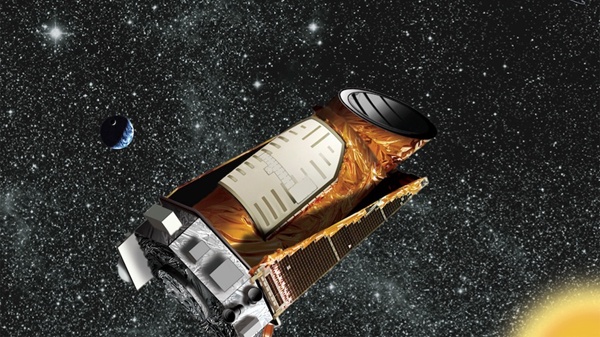
NASA's planet-hunting telescope has run out of fuel after a nine-year mission that found more than 2,600 planets orbiting other stars along with thousands of candidate worlds.

Astronomers have discovered 4 very large gas planets orbiting a young star only 2 million years old. Looks like we need a new model of planetary formation.

Astronomers reviewing data collected by NASA’s Kepler space telescope have found the first evidence for a possible “exomoon” orbiting a gas giant planet 8,000 light years away.

NASA's TESS, made an early discovery of "super-Earth" and "hot Earth" planets in solar systems at least 49 light-years away, marking the satellite's first discovery since its April launch.

A new NASA-led study shows that Proxima b could support the existence of an ocean on its dayside, which means it could still be habitable.
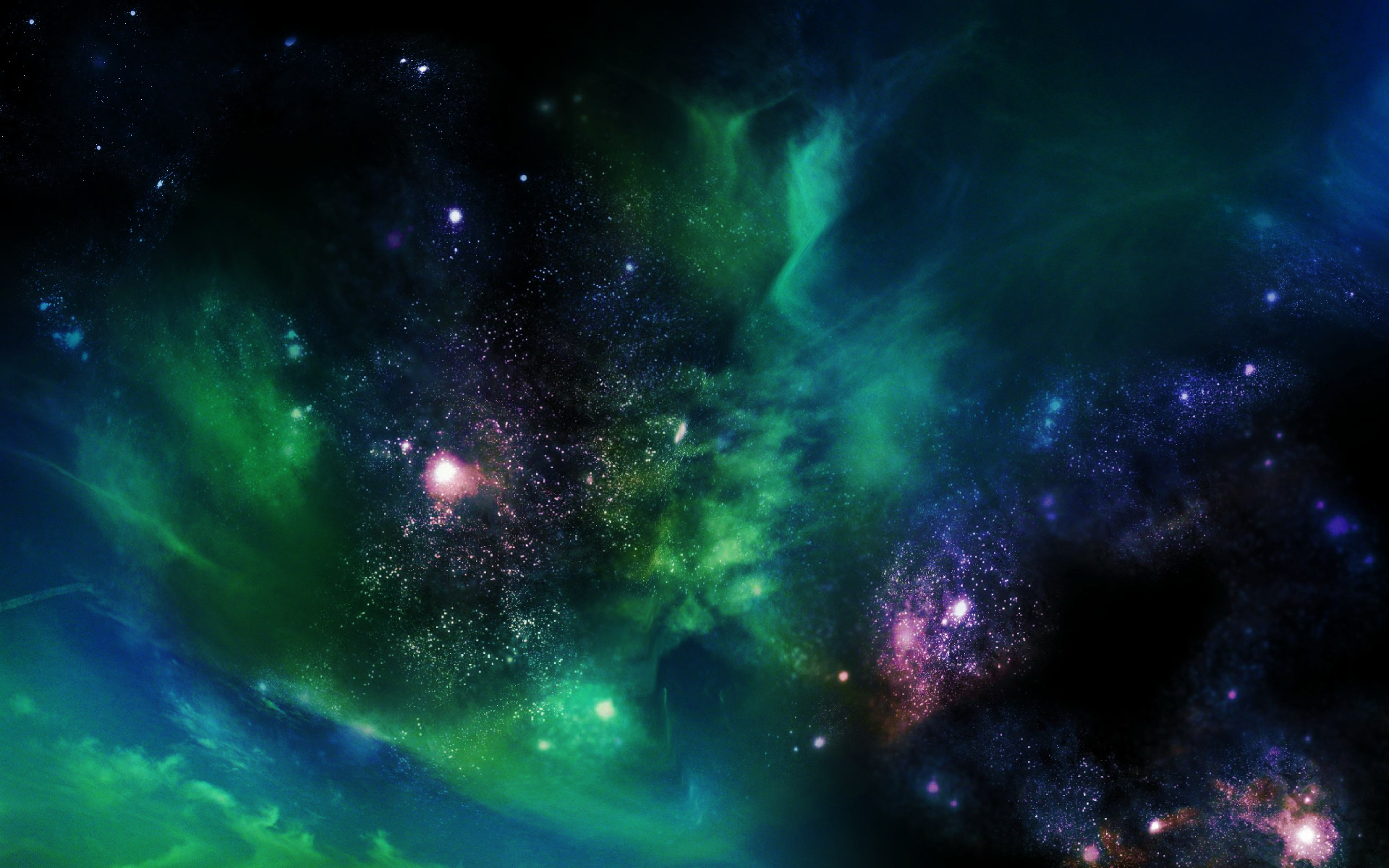
Using data from NASA's Kepler Space Telescope, an international team has discovered a new exoplanet twice the size of Earth. It orbits its star every six days and is about 10 times closer than Mercury is to the Sun.

Of the thousands of known exoplanets, Kepler-452b has the most ideal combination of UV light exposure and conditions for liquid water.
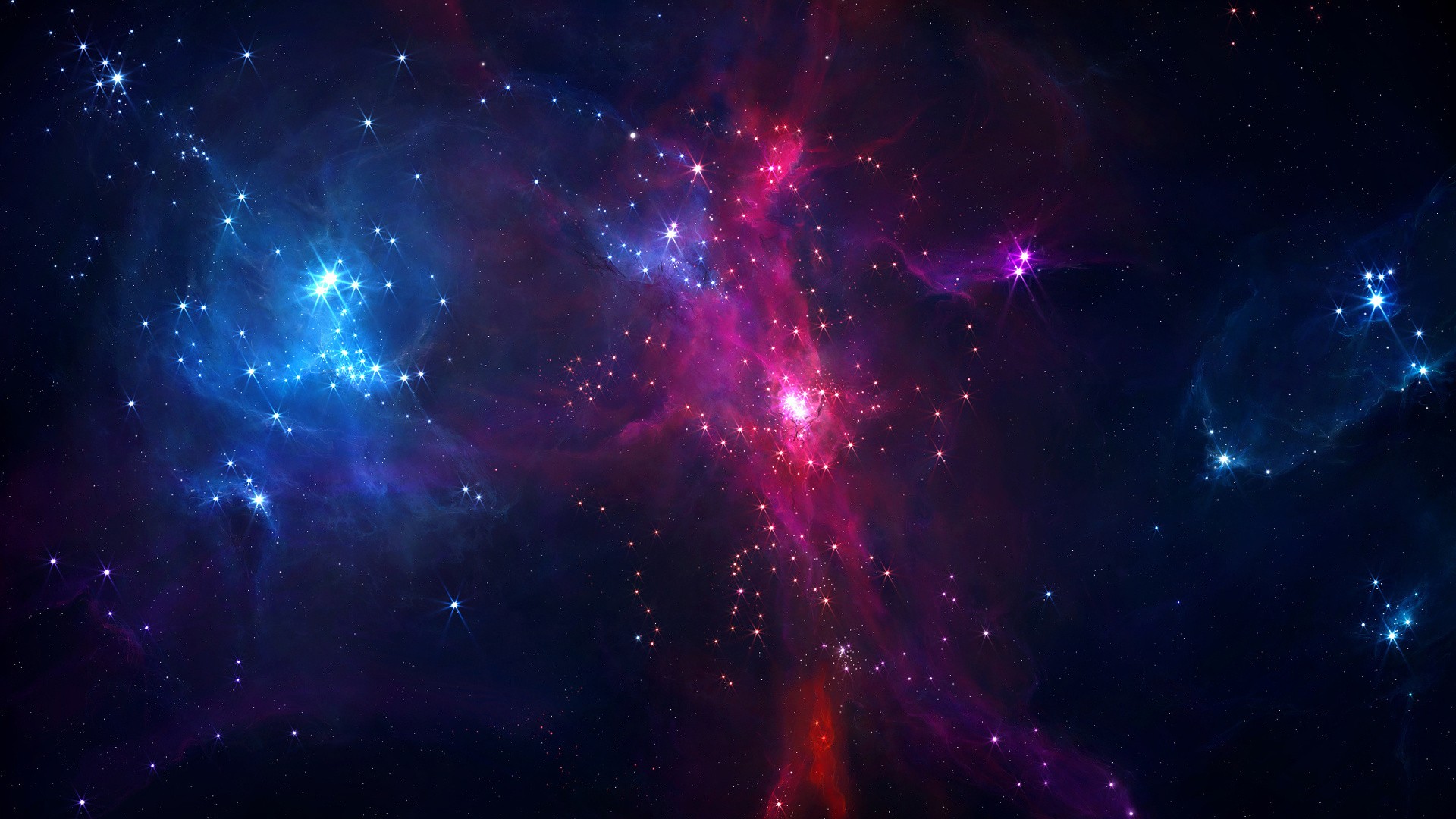
Scientists have shown that water is likely to be a major component of those exoplanets which are between two to four times the size of Earth. It will have implications for the search of life in our Galaxy.

Scientists directly observed the signal of iron and titanium atoms in the atmosphere of an exoplanet 600 light-years from Earth, a new paper reports.
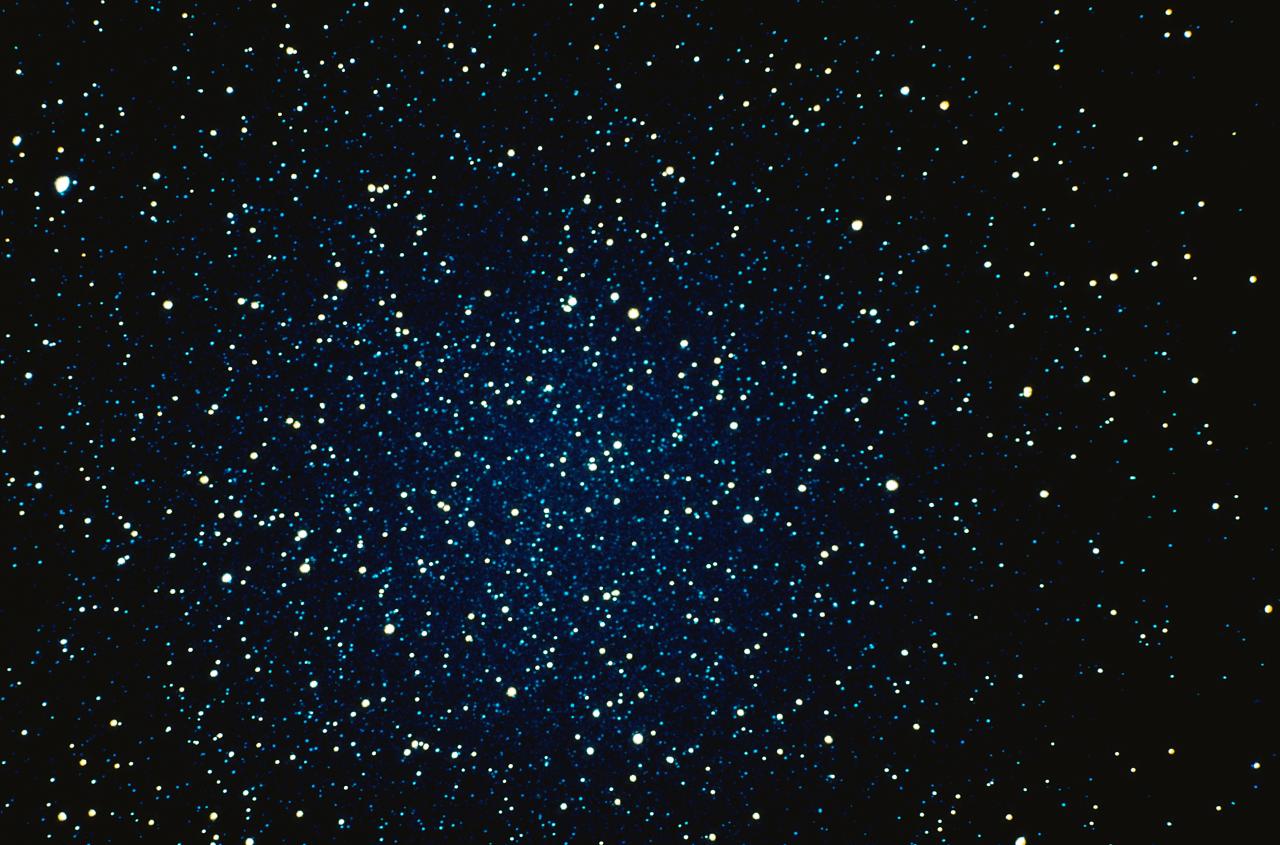
Recent observations by NASA's Hubble and Spitzer space telescopes of ultrahot Jupiter-like planets have perplexed theorists. The spectra of these planets have suggested they have improbable compositions.

NASA’s newest exoplanet-hunting spacecraft has started taking scientific data as of last week, according to a NASA release.
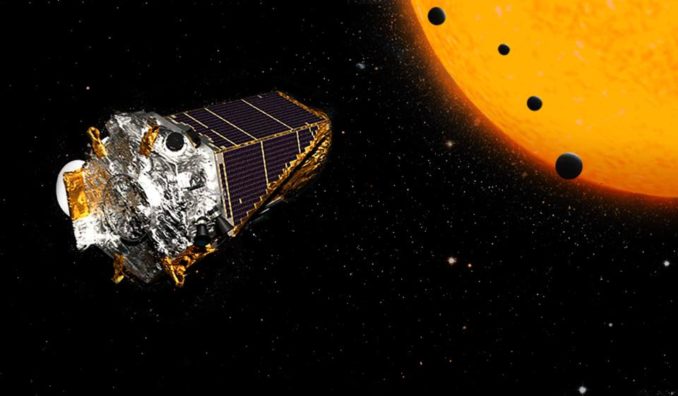
Nearly a decade after launching NASA’s Kepler telescope has netted 2,650 new confirmed worlds beyond our solar system. It now has paused its observations after on-board sensors detected it is running low on fuel.